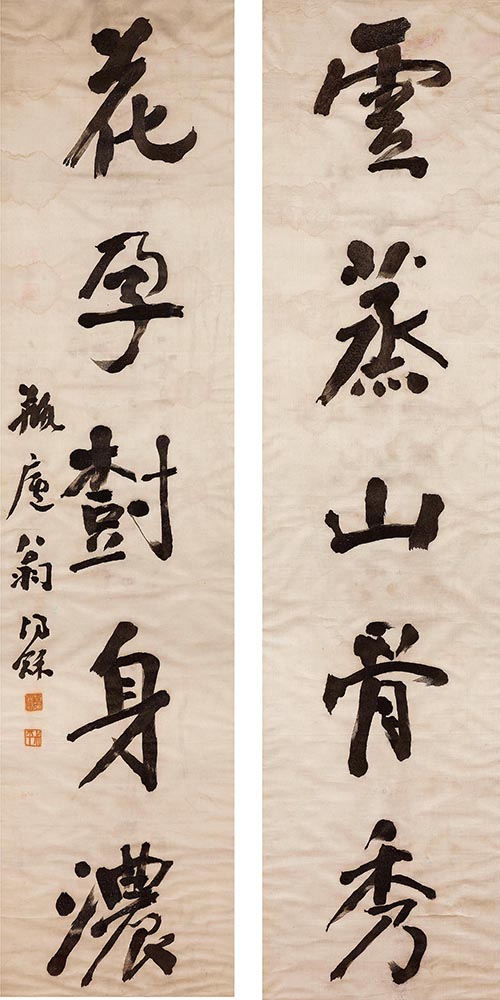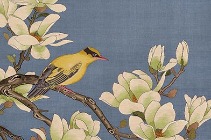Pictorial history of Chinese textiles

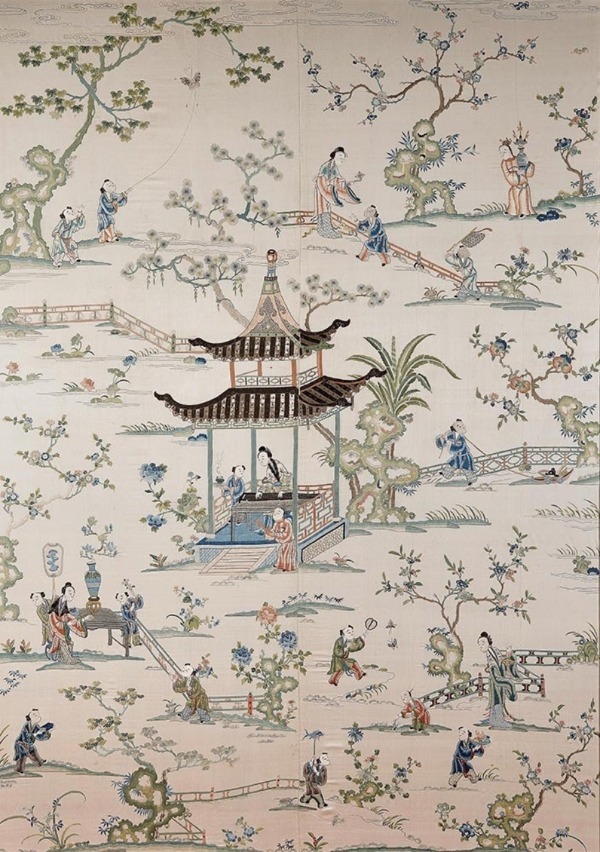
When Italian Jesuit Matteo Ricci set foot in Nanjing in 1582, he was struck by the aesthetic splendour he encountered. "There are 200,000 weavers here and they weave a cloth made entirely of silk," he wrote. To Ricci, the long, loose sleeves worn by the Chinese were redolent of Venetian fashion and style. Yet silk wore multiple silhouettes in China that surpassed the physical appearance of dress.
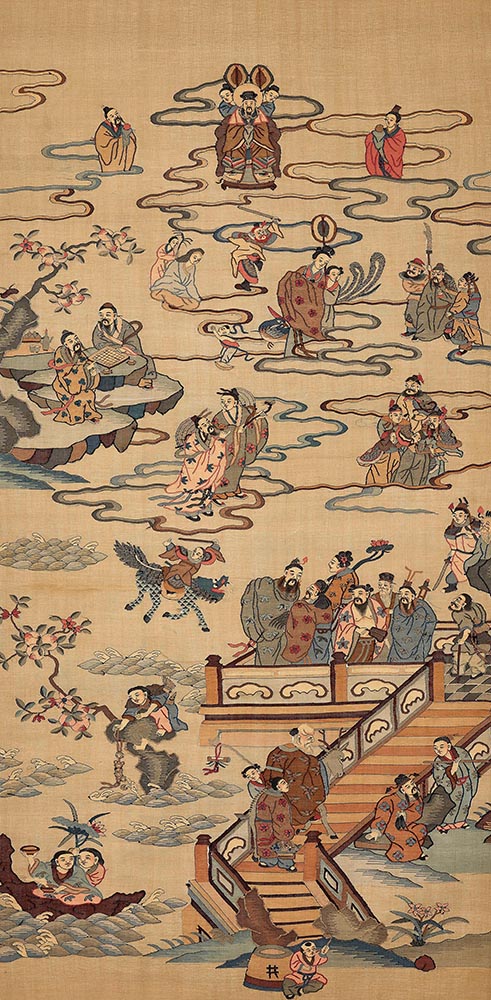
Prized by Chinese and foreign merchants as an essential commodity on a vast trade network, silk had numerous purposes: as fabric for garments, as a form of currency (until the introduction of silver in its place), as a method of tax payment, and as a medium and subject matter for professional artists and the literati. What Ricci couldn't appreciate was just how rich and pervasive silk's influence would become.

Originating in the Song Dynasty (960–1279) – though a Chinese legend credits Leizu, the wife of the mythological Yellow Emperor, Huangdi, who taught the Chinese the art and invented the silk loom in the 27th century BCE – and flourishing into the Qing Dynasty (1644–1911), China's craftspeople used shuttles and needles as their brushes and silk threads as their pigments, creating meticulous, exquisitely woven and embroidered works.
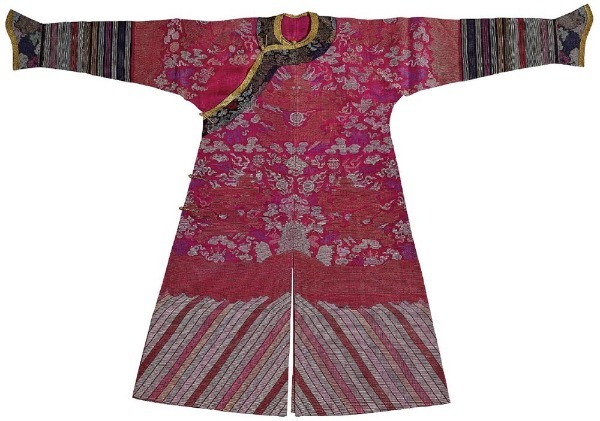
Kesi (weft-woven silk tapestry) and cixiu (embroidery) became elevated into an interdisciplinary art form – a fusion of painting, calligraphy, and hand-weaving or embroidering. During the Yuan Dynasty (1271–1368), kesi panels were even being exported to Europe, where they were being incorporated into cathedral vestments.
Spanning the Qing Dynasty to the mid-20th century, the exhibition Pictorial Silks: Chinese Textiles from the UMAG Collection, showing at the University Museum and Art Gallery (UMAG) of the University of Hong Kong (HKU), encompasses a diverse range of subjects and formats that include 18th-, 19th- and early 20th-century hanging scrolls, framed panels and banners, along with 19th-century dragon robes. Each work exemplifies the sophisticated craftsmanship of the artisans and the collective stories of the Qing Dynasty's textile industry. It's on until March 14, 2021 – and it's not to be missed.
